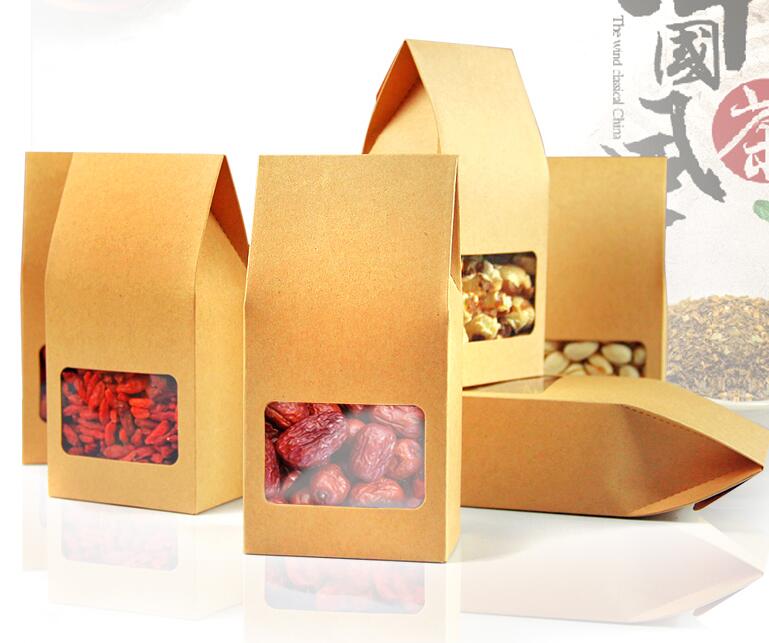When it comes to snack packaging, there is no limitation. We have seen thousands of unique designs and styles for snack food packing. Thus, it is evident that there is an expansive universe for snack food packaging.
Well, there is a variety of materials, shapes, and designs for snack food packaging. You have seen metal, glass, paperboard, flexible, and many more packages for the food. In this article, you will see the most popular and favorable choices for your food. Readout their pros and cons, and select the best and appropriate for your snacks.
Flexible Pouches

Flexible food pouches have made of metal, foil, or plastics. Ther are also known as stand up pouches. Flexible food pouches are used for snacks, foods, and drinks. You might have seen these packages in your favorite foods like granola and Capri sun. These are popular for food packing for ages. They are versatile in shapes, colors, graphics, designs, and sizes. These are best for chocolates, crackers, mixes snacks, chips, candies, crips, and any other type of snack. Moreover, they release a very low impact on the environment. However, flexible food pouches are quite affordable than other options like glass and paperboard.
Pros f Flexible Snack Food Packaging
- Releases low carbon footprints.
- Economical.
- No wrap rage.
- Easy to open and seal.
- Multiple options for printing and graphics.
- Full branding facility.
Cons of Flexible Food Packaging

- Hard to recycle.
- Not suitable for luxury food packaging.
- It can affect the original flavors of snacks and beverages.
Paperboard Snack Boxes
Paperboard packaging has made of papers and other clear window material. These are well-known for many foods such as chips, cereals, biscuits, and other snacks. They have quite amazing shapes and designs like round, square, hexagonal, and rectangular. Paperboard food boxes are safe for your snacks as they are sturdy and do not affect the flavors of food. The beautiful feature of these packagings is they have a small plastic window at the top to sneak in the box. A customer can look at the food inside the packet before buying it. You have seen many of these boxes on the shelves of stores and malls.
Pros of Paperboard Snack Boxes
- Easy to open and seal.
- Variety in designs, colors, and shapes.
- Availablity is easy.
- Branding through the boxes is available.
Cons f Paperboard Snack Boxes
- These are a little expensive than flexible pouches.
- Releases high carbon footprints.
- Releases methane which is harmful to the environment.
Hard Plastic Food Containers

A hard plastic container is another famous packaging for food and snacks. They have various sizes, shapes, designs, and styles. Moreover, they have innovative features for the lid opening. They have usually pop-off lid which provides a convenient opening and closing experience. They have made of recyclable plastics. The sealing of the hard plastic containers protects the food from contamination. You must have seen them on chocolates, nuts, dry fruits, candy, seeds, pretzels crips, chips, and other mixed snacks packaging.
Pros of Hard Plastic Food Containers
- Low to zero wrap rage.
- Protects against contamination.
- Easy to recycle.
- Easy to reseal.
Cons of Hard Plastic Food Containers
- A little costly.
- Release high carbon footprints.
- Expensive for shipping.
Glass Food Containers
Glass containers for food and beverages are quite popular around the globe. Moreover, they showcase an elegant first glimpse. Customers love buying food in glass bottles and jars. We all have seen many glass containers for juices, drinks, energy drinks, fruits, corn, olives, pickles, and other eatables. However, they release high carbon footprints. Moreover, they are expensive, hard to manage, and ship. Thus, they have been used as luxury packaging for beverages, snacks, and other food items.
Pros of Glass Food Containers
- Recyclable.
- Elegant looks.
- Luxury packaging.
- Easy to open and reseal.
Cons of Glass Food Containers
- Expensive to source and ship.
- Release high carbon footprints.
- Hard to manage and ship.
- Fragile and breakable.
- Prone to cracking and breaking.
- Needs extra space in the warehouse.
